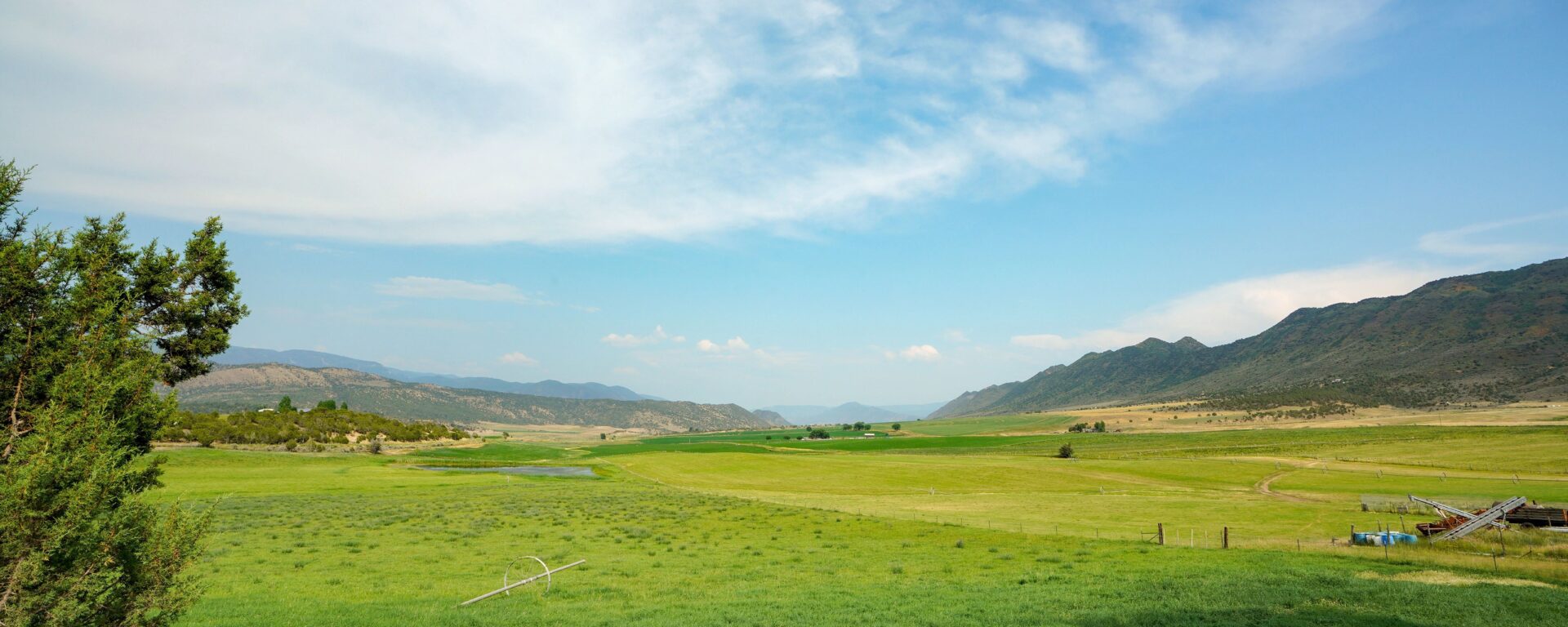Case Studies in Collaborative Land Conservation: Lessons on Tackling the Climate Change and Biodiversity Loss Crises
Climate change and biodiversity loss are interlinked urgent crises. To date, efforts by climate scientists and conservation practitioners have largely been siloed, limiting the potential for greater collective impact.
But there are important exceptions. Land conservation organizations play a vital role in planning and implementing nature-based solutions that are needed at scale to address both the climate and biodiversity challenges.
The Lincoln Institute of Land Policy, in partnership with the Network for Landscape Conservation (NLC) and the University of Montana, recently published a report, ‘How Landscape Conservation Partnerships Are Working to Address Climate Change’ examining how U.S. land conservation collaborative partnerships are addressing climate change. It presents effective practices and recommendations that can accelerate and broaden the benefits of landscape conservation and restoration in meeting climate goals.
In preparation for the 5th Annual International Symposium on Conservation Impact, the Salazar Center for North American Conservation is partnering with NLC to share the findings of the report through an interactive webinar series. Each conversation will explore the extent to which landscape conservation partnerships are planning, building capacity for, and implementing on-the-ground strategies to address challenges related to climate change.
May: Understanding the Conservation Partnerships Working Paper and its Impacts
Date: Thursday, May 25, 2023
Time: 2:00 PM MST (4:00 PM EST)
Watch the Recording
‘How Landscape Conservation Partnerships Are Working to Address Climate Change’ is a working paper created by The Lincoln Institute of Land Policy, in partnership with the Network for Landscape Conservation (NLC) and the University of Montana that explores the role of large landscape conservation in providing nature-based climate solutions. It presents effective practices and recommendations that can accelerate and broaden the benefits of landscape conservation and restoration in meeting climate goals.
Speakers:
Stefanie Covino, Blackstone Watershed Collaborative
Ernest Cook, Network for Landscape Conservation
Jim Levitt, Lincoln Institute for Land Policy
Watch the Recording
June: Data and Communications - Utilizing Innovative Tools to Communicate Climate Impacts
Date: Thursday, June 29, 2023
Time: 12:00 pm MST (2:00 pm EST)
Watch the Recording
Climate change is not just a global issue, but a local and regional reality. Action is needed at all levels, and the integration of landscape conservation strategies and the natural solutions the landscape conservation community can implement at scale must be considered and supported as part of the climate solution to mitigate and adapt to our changing climactic conditions.
One of the key findings from the ‘How Landscape Conservation Partnerships Are Working to Address Climate Change’ working paper is that land conservation organizations often struggle to communicate how their work impacts climate. Better data integration and tools that measure how conservation impacts climate can play a role in simplifying complex information. Applying these tools to a comprehensive communication strategy is a critical component to successfully communicate landscape conservation as a natural climate solution.
Speakers:
Simon Rucker, Maine Appalachian Trail Land Trust
Hannah Marie Garcia, Aleut Community of St. Paul Island, Indigenous Sentinels Network
Emily deGroot, Open Landscape Network
Moderator:
Elizabeth Tully, Climate Adaptation Fund, Wildlife Conservation Society
Watch the Recording
To Be Announced: Connecting People and Landscapes - How connectivity plays a key role in landscape conservation climate work
Date: To Be Announced
This webinar has been postponed. We will send out an update with the new date and time as soon as possible.
This webinar will focus on how strengthening connectivity – both across lands and among people – is a way for incorporating climate change into their work. Our speakers will explore a case study from the NLC white paper that exemplifies how land conservation groups play a key role in promoting connectivity, why that is important within the climate context, and how partnerships are necessary to make that connectivity happen.


